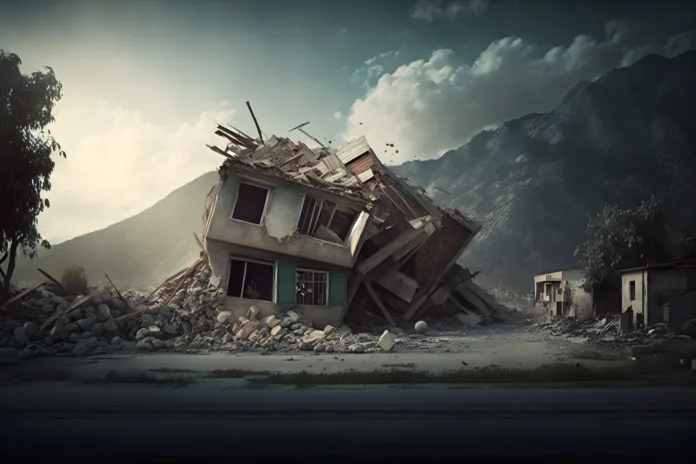A startling revelation from the US Geological Survey (USGS) paints a worrisome picture for millions of Americans as almost 75% of the country is now identified as being in a high-risk earthquake zone. The latest National Seismic Hazard Model (NSHM) exposes major cities like New York, Washington, and Boston to an increased threat of significant tremors.
Embed from Getty ImagesKey Points:
- USGS map discloses that nearly 75% of the US faces a risk of damaging earthquakes and intense ground shaking.
- Estimated annual cost of earthquake damage in the country is predicted to be a staggering $14.7 billion.
- Over the last two centuries, 37 US states have witnessed earthquakes exceeding magnitude 5.
- Notably active regions such as California and Alaska are also on alert for heightened earthquake risks in the coming century.
- The west coast and southern Alaska have a more than 95% chance of a damaging earthquake in the next 100 years, according to the map.
- Memphis, Tennessee, and Yellowstone, housing a supervolcano, show a 75% to 95% chance of significant seismic activity.
- Advanced tools reveal over 500 new fault lines, totaling around 1,000 across the country.
- 25 states, including Washington, Oregon, Indiana, Arkansas, and South Carolina, are now deemed at moderate to high risk of a major quake in the next century.
Mark Petersen, USGS geophysicist and lead author of the study, stated, ‘Earthquakes are difficult to forecast, but we’ve made great strides with this new model.’ The update incorporates more faults, improved land surface characterizations, and computational advancements in modelling, offering the most detailed view of earthquake risks to date.
While the ‘Atlantic Coastal corridor’ sees an elevated risk, with New York facing a 60% increased likelihood of a damaging quake, the USGS emphasises that earthquakes cannot be accurately predicted. However, the organisation notes that by examining faults and past seismic events, scientists can better assess the potential for future earthquakes and their potential intensity.
The collaborative effort between federal, state, and local governments, along with the private sector, to create the seismic hazard model is deemed a significant achievement for public safety. Despite the continuous seismic activity in the US, the USGS warns that predicting earthquakes remains challenging.
The report estimates an average annual economic loss of $14.7 billion from earthquake damage. While minor earthquakes occur daily, the last major earthquake on the US mainland dates back to a 6.7 tremor in Northridge, California, in 1994. Scientists continue to monitor the Yellowstone supervolcano, acknowledging its potential for mass destruction upon eruption, even though the exact timing remains uncertain.
